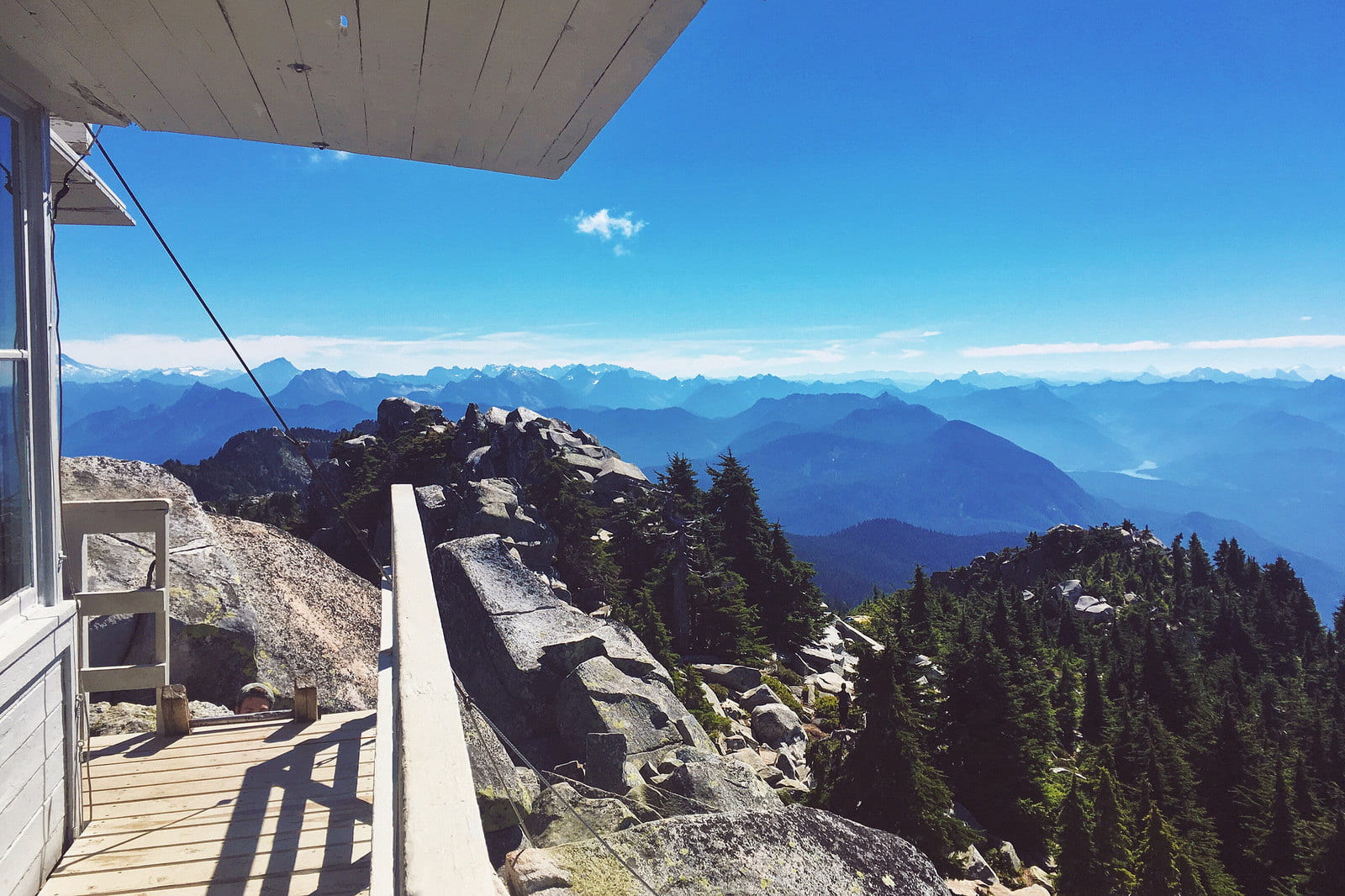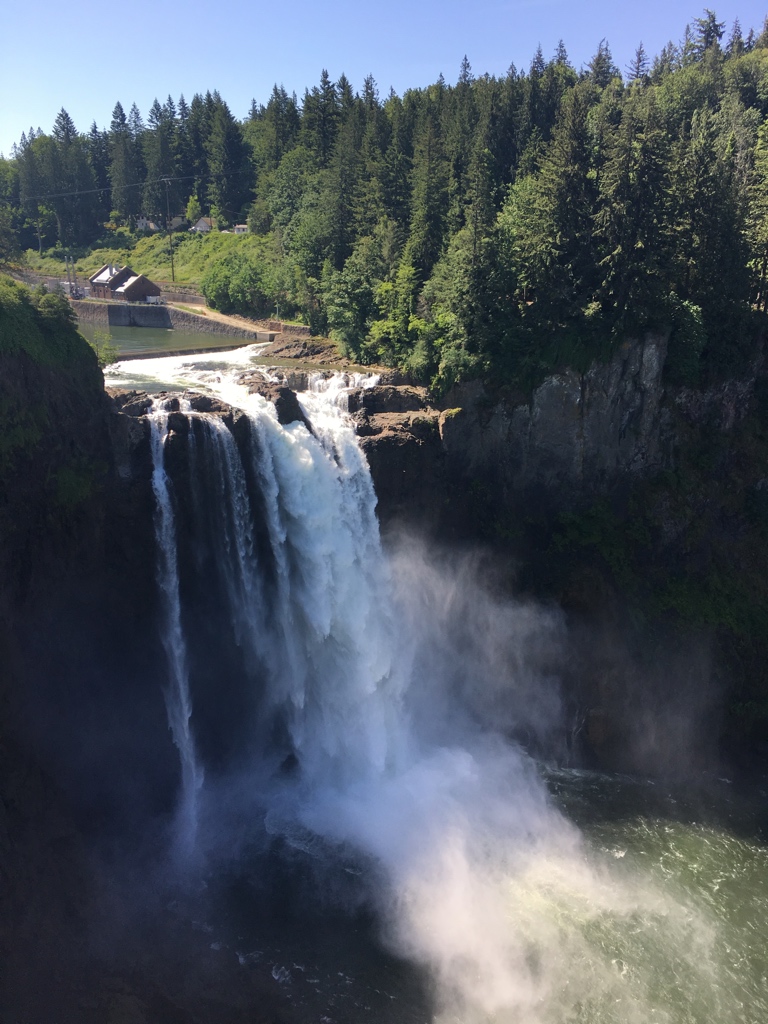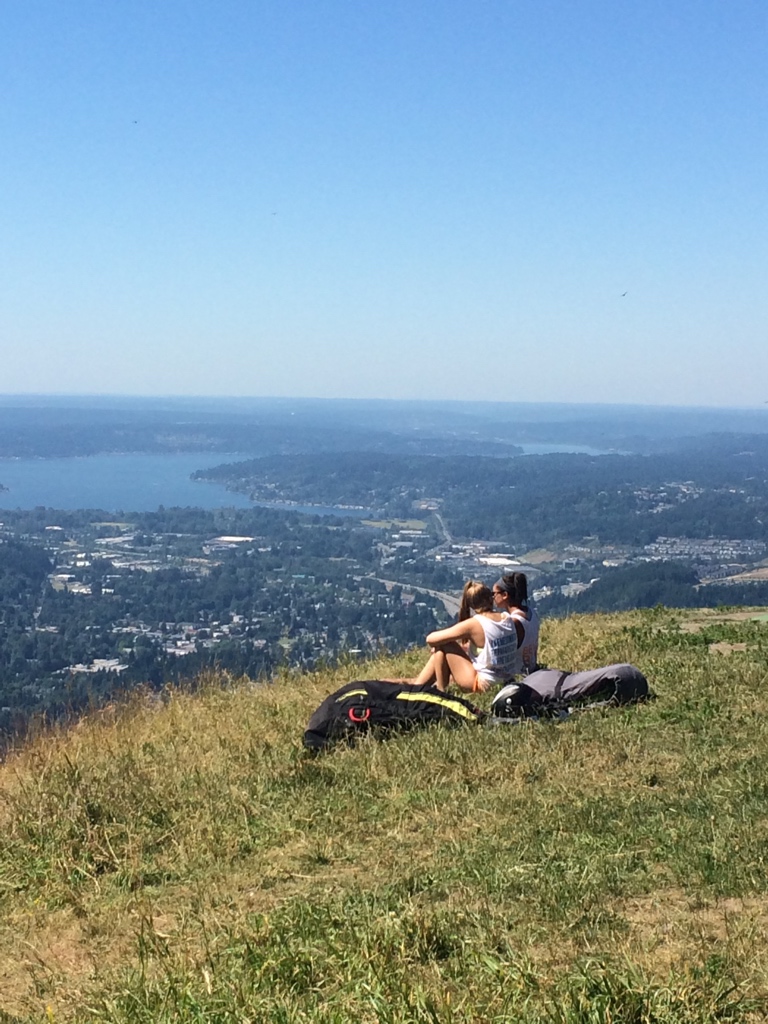To get a subscription means that you pay monthly for a service. Paying monthly can add up really quickly, but one of the perks of being a student are that some services offer a special discount just for students. Here are some low-priced subscriptions that I enjoy using:
- Spotify Premium for Student: $0.99 for the first 3-months then $4.99/month after
- Spotify is my most used app that I have on my phone. It helps make the time spent walking to class, commuting, and long study sessions a little more enjoyable. For the times that I do get tired of listening to music, Spotify has two of my favorite podcasts, Stuff You Should Know and TED Talk Daily. Stuff You Should Know is a fun podcast for learning about random things like how do Easy Bake ovens work and the mystery behind the Winchester House. TED Talk Daily is a podcast where some of the world’s most inspiring and innovative people share their take on different topics going on in today’s world.
- Features:
- Over 40 million songs and over a thousand podcasts (Source: https://www.imore.com/spotify)
- Ad-free listening with unlimited skips
- Download music and podcasts for offline listening
- Option for high-quality listening
- Access to new song releases before free users
- Included subscriptions to Hulu (with limited commercials) and Showtime to watch popular shows and movies like Bob’s Burgers, Brooklyn Nine-Nine, Baby Driver, and more
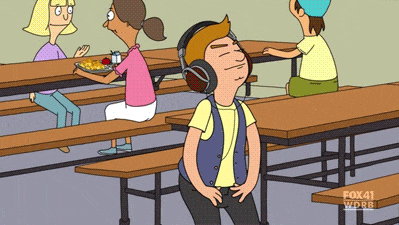
- Amazon Prime Student: free for the first 6-months for new members then $6.49/month after
- The biggest pro to a Prime subscription is their 2-day shipping. With their 2-day shipping, I’m able to get textbooks and anything I need quickly. Along with the subscription, you are able to stream movies, music, and read books.
- Features:
- Free 2-day shipping on Prime items
- Exclusive deals just for students
- Stream movies, TV shows, on Prime Video
- Stream music on Amazon Music
- Read books through Prime Reading
- Unlimited listening to Audible audio series
- Unlimited photo storage through Prime Photos
- Overall, it is a well-rounded and useful subscription for those who want access to different features for one price.

- Microsoft Office 365: free with school/institution email
- I use a Microsoft application every day to do homework, read lectures, and create presentations and can confidently say that it is the most useful subscription for students. Plus, it’s a free subscription while you’re still in school so you would be saving $70 a year! Since we are in an age where education heavily utilizes technology to teach, it is almost without question that everyone needs Microsoft Office.
- Features:
- Download Outlook, OneDrive, Word, Excel, PowerPoint, OneNote, SharePoint, Teams, Sway, and Forms
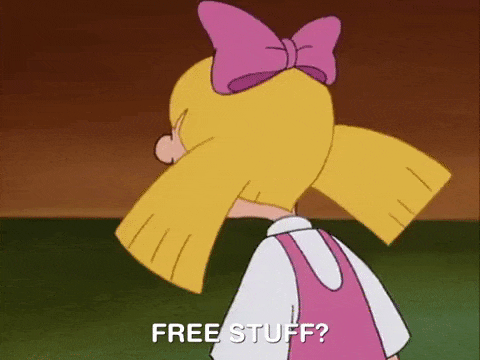
These are only a fraction of the discounted student subscriptions available out there! I found out about these discounts by doing research on how to save money as a college student and came upon this website that lists a whole bunch of companies that offer them. On the website, I found out about the subscriptions that I listed above and I have not regretted anything since.






